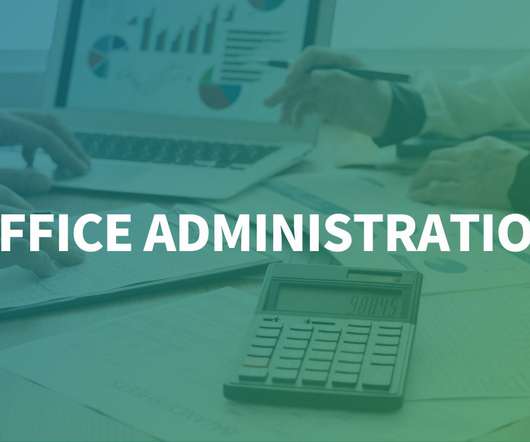Employee Files: What to include, what to leave out, and what’s confidential
BMT Office Administration
JULY 3, 2023
For example, the Equal Employment Opportunity Commission (EEOC) requires that employers must keep personnel records for one year. Besides that, your confidential medical records will let you know if any team members have disabilities that you need to consider when planning and assigning tasks. Why is that?











Let's personalize your content